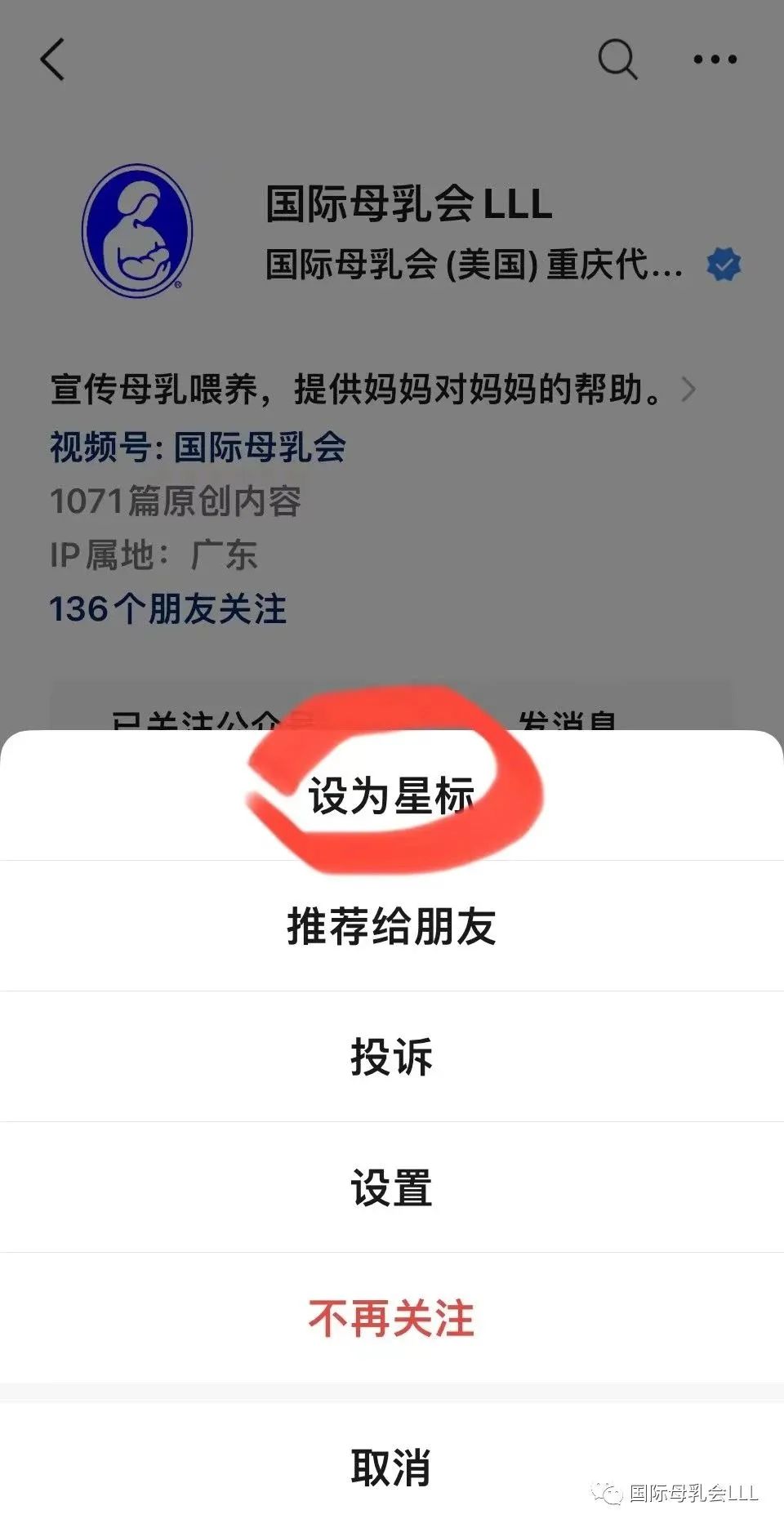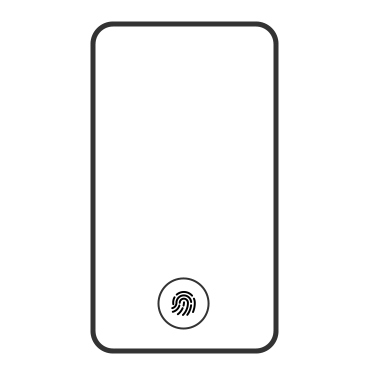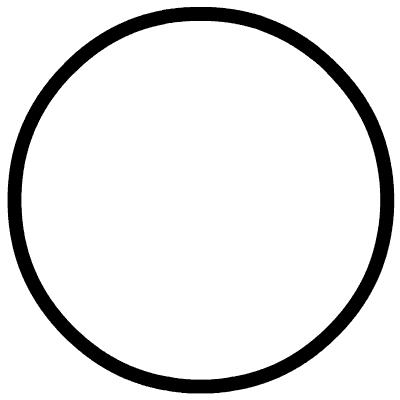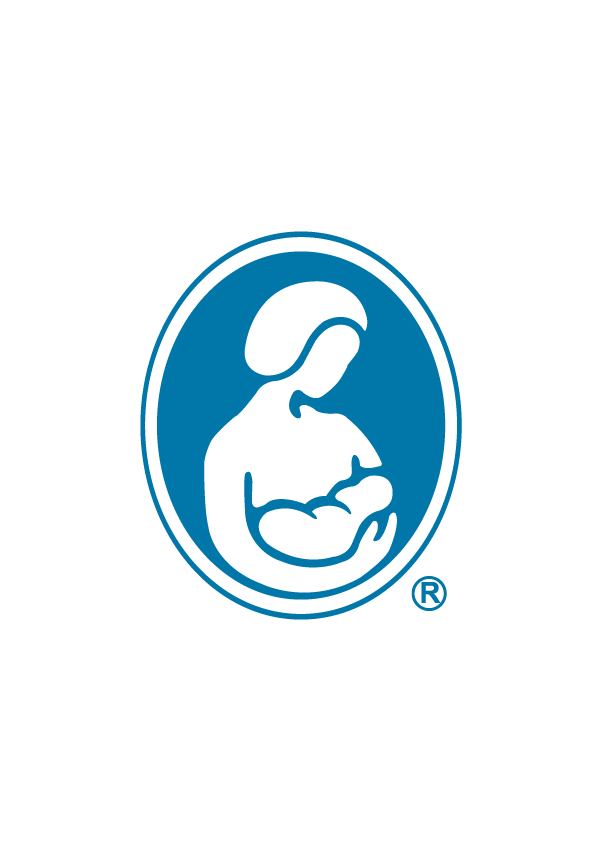

本文中的“鹅口疮”包括婴儿口腔、臀部的酵母菌病和母亲乳房、乳头、阴道的酵母菌感染,狭义的“鹅口疮”通常仅指婴儿口腔酵母菌病。
2022年3月更新
鹅口疮(念珠菌病或酵母菌病)是一种由念珠菌引起的真菌感染。念珠菌通常栖息于口腔、胃肠道和阴道。它几乎可以生长在身体的任何部位。
念珠菌喜好温暖、黑暗、潮湿的环境,如乳房、乳头和婴儿臀部。妊娠、疾病、抗生素使用等因素都可能导致念珠菌过度增生。这就是我们说的“鹅口疮”。
鹅口疮疼痛又恼人,但是它通常不会导致严重疾病。在治疗感染的同时可继续母乳喂养。
了解鹅口疮的原因可以帮助您减少念珠菌在体内的生长。如果您怀疑您可能患有鹅口疮,请咨询医护人员。
在确定是鹅口疮之前,需要考虑乳头疼痛的其他原因。如果在没有鹅口疮症状的情况下出现疼痛,则应首先考虑引起疼痛的其他原因。乳头疼痛最常见的原因是哺乳姿势和含乳问题。其他原因可能包括:
·舌系带和唇系带过短
·乳头损伤
·细菌感染
·雷诺氏现象或血管痉挛
·乳管堵塞或乳腺炎
·皮肤问题:接触性皮炎、湿疹、牛皮癣(银屑病)
·过敏
·疱疹
·毒葛皮炎
·皮癣
·吸奶器使用不当
此外,如果您在最初的几个月后出现奶量减少的情况,乳汁流动缓慢可能会导致婴儿含乳不良。这时的乳头疼痛可能会被误诊为鹅口疮。
医护人员通常根据症状就可诊断鹅口疮,很少需要进行诊断性检查。酵母培养试验通常不可靠。如果出现至少两种症状,则鹅口疮的可能性很大。
如果妈妈的乳头受损和/或最近服用过抗生素,则患鹅口疮的可能性增加。
首先出现的症状通常是乳头疼痛,有时也涉及到乳房疼痛。疼痛可能发生在喂奶过程中,并在两次喂奶之间持续存在。泵奶时通常也很痛。疼痛性质一般为烧灼痛或刺痛或扎痛。
乳头和/或乳晕的症状可能包括:
· 发痒、起皮屑
· 皮肤发亮
· 皮肤发红,有炎症,有时伴有小水泡
· 白斑(罕见)
婴儿也可能有鹅口疮症状,例如:
✦舌头、牙龈和颊粘膜上有白色斑点。擦拭后可呈红色,甚至可能出血。(注意:婴儿口腔里经常会有白色的奶渣,但奶渣仅出现在舌头上。)
✦尿布疹则呈现红色或带有红斑,且常规治疗无效。
✦喂养时婴儿表现烦躁、胀气或不适。这可能会导致婴儿频繁含乳又不断松开乳房。
其他可能的症状:
✦乳房深部的疼痛
✦当前或近期患阴道酵母菌感染
①药物
医护人员一般会开具局部抗真菌药物(软膏或乳膏) ,如咪康唑、酮康唑或克霉唑,用于乳头外用。
有些则会开具一种含有抗真菌药物(咪康唑粉)、抗菌药和皮质类固醇的乳膏配方。该处方有时被称为“杰克·纽曼医生通用乳头膏”或“APNO霜”。
如果局部治疗无效,则可能会开具氟康唑等全身性处方或口服抗真菌药物。
遵照处方用药很重要。即使症状在治疗周期结束之前消失,也要按照所需要的周期(通常为两周或更长时间)完成治疗。
更重要的是,即使婴儿没有任何症状,在您治疗自己的同时也要治疗婴儿。治疗通常包括咪康唑、克霉唑、氟康唑或制霉菌素的口服滴剂或口服凝胶。
值得注意的是,制霉菌素的效果明显不如其他抗真菌药物。制霉菌素仅有三分之一的鹅口疮治愈率。
如果婴儿有与鹅口疮相关的尿布疹,医护人员可能会开一种臀部抗真菌软膏或乳膏。
②替代疗法
自然疗法对有些妈妈可能有效,可以咨询自然疗法医生(ND)寻求指导。
一汤匙醋与一杯水混合的溶液可能会有效,尤其是作为辅助方案与其他治疗同时进行时。每次喂奶后,用干净的布或棉球涂抹在乳头和乳晕 (乳头周围的深色区域)上,并让乳头自然风干。
可以口服益生菌补充剂,有助于抑制消化道中的念珠菌。为了取得最佳效果,应在症状消失后继续服用益生菌两周。有些人甚至发现吃含有有益菌的天然酸奶很有帮助。
③家庭护理措施
任何潮湿或接触婴儿唾液及母乳的物品都可能含有酵母菌。为了预防酵母菌感染,以下方法可能会有所帮助:
✦经常洗手,每天更换手巾或用纸巾擦干双手。
✦每天将所有玩具、安抚奶嘴、奶瓶奶嘴、奶泵套件零件、乳头保护罩以及任何接触到您乳房或婴儿口腔的物品煮沸20分钟。即使每天都煮沸,安抚奶嘴、奶瓶奶嘴和磨牙玩具也应每周更换一次。
✦胸垫、胸罩、布尿布和毛巾在每次使用后,用洗涤剂在热水中清洗。在水中加入一杯漂白剂或醋也能有效杀灭酵母菌。物品可在烘干机中烘干或在阳光下晒干。
✦酵母菌感染可能以多种不同形式出现,例如:阴道酵母菌、股癣、手指/脚趾指甲酵母菌感染和尿布疹。宠物也可能感染酵母菌。治疗家庭中任何形式的酵母菌感染可以降低再次发生鹅口疮的几率。
✦有些人发现饮食改变(如减少糖分摄入),有助于减少酵母菌生长。自然疗法医生(ND)或注册营养师可提供指导。
✦酵母菌感染期间挤出来的的乳汁无需丢弃。


THRUSH
UPDATED MARCH 2022
Thrush (candidiasis or yeast) is a fungal infection caused by an overgrowth of the Candida organism. Candida normally inhabits the mouth, gastrointestinal tract and vagina. It can grow in almost any part of the body. Candida likes warm, dark, moist areas such as the breasts, nipples and baby’s bottom. Pregnancy, illness, antibiotic use and other factors can lead to an overgrowth of Candida yeast. When this happens it is often called“thrush”.
The symptoms of thrush are annoying and often painful. However, they do not cause severe illness. Breastfeeding can continue while treating the infection. Understanding the causes of thrush can help you to decrease the growth of Candida yeast in your body. Consult a healthcare provider if you think you might have thrush.
Other Causes of Nipple/Breast Pain
It is valuable to consider other causes of nipple pain before concluding it is thrush. If pain is present in the absence of thrush symptoms then other causes of the pain should be considered first. The most common cause of nipple pain is positioning and latch problems. Other causes may be:
◆tongue-tie and lip-tie
◆nipple injury
◆ bacterial infection
◆Raynaud’s phenomenon or vasospasm
◆plugged ducts or mastitis
◆skin issues: contact dermatitis, eczema, psoriasis
◆allergies
◆herpes
◆poison ivy
◆ringworm
◆improper use of a breast pump
Also, if you experience a decrease in milk supply after the first couple of months, the slower milk flow can cause your baby to latch poorly. Your sore nipples may be misdiagnosed as thrush.
Symptoms and Diagnosis
Healthcare providers usually diagnose thrush based on the symptoms present. Rarely are diagnostic tests done. Yeast culture tests are often unreliable. Thrush is more likely if there are at least two symptoms present.
There is an increased likelihood for thrush if the mother has damage to the nipples and/or has recently taken antibiotics.
The first symptom is usually pain in the nipples and sometimes also in the breasts. The pain may begin during a feeding and continue between feedings. Pumping is usually painful as well.
BABY MAY ALSO HAVE SYMPTOMS OF THRUSH SUCH AS:
✦White patches in the mouth on the tongue, gums and cheeks. They will appear red or may even bleed when scraped. (Note that babies often have milk residue that is found only on the tongue.)
✦Diaper rash that is red or contains red spots and does not respond to usual treatments.
✦Fussiness or gassiness or discomfort while nursing. This may cause the baby to pop on and off the breast frequently.
PAIN IS OFTEN DESCRIBED AS:
✦lBurning
✦lStabbing
✦lShooting
OTHER POSSIBLE SYMPTOMS:
✦Pain deep in the breast
✦A current or recent vaginal yeast infection
SYMPTOMS ON THE NIPPLES AND/OR AREOLAE CAN INCLUDE:
✦Itchy, flaky skin
✦Shiny skin
✦Red, inflamed-looking skin sometimes with small blisters
✦White spots (rarely)
TREATMENT
①Medications
Healthcare providers often begin by prescribing a topical antifungal (ointment or cream) such as miconazole, ketoconazole or clotrimazole to be used on the nipples. Many will begin by prescribing a cream formulation containing an antifungal called miconazole powder, in addition to an antibacterial and a corticosteroid. This prescription is sometimes called “Dr. Jack Newman’s All-Purpose Nipple Ointment” or “APNO cream”. If topical treatment has been tried and is unsuccessful, a systemic or oral antifungal like fluconazole, may be prescribed. It is important to follow the prescription instructions. Treatment is usually needed for two weeks or longer, even if the symptoms disappear sooner.
It is important to treat your baby at the same time as yourself even if your baby has no symptoms. Treatment usually consists of oral drops or an oral gel of miconazole, clotrimazole, fluconazole or nystatin. It should be noted that nystatin is significantly less effective than other antifungals. Nystatin cures thrush in only about one third of cases. If your baby has a diaper rash associated with thrush, the healthcare provider may prescribe an antifungal ointment or cream for your baby’s bum.
②Alternative Treatments
Natural remedies may be effective treatments for some mothers. Parents can consult with a naturopathic doctor (ND) for guidance.
A solution of one tablespoon of vinegar mixed with one cup of water may be effective particularly when used with other treatments. Apply to the nipples and areola (darkened area around nipple) with a clean cloth or cotton ball after each feeding. Allow the nipples to air dry.
Oral supplements of probiotics contain good bacteria. They can help to limit the Candida in the digestive tract. For best results, probiotics should be taken for two weeks after the end of your symptoms. Some people even find eating natural yogurt containing good bacteria to be helpful.
③Home Care Measures
Any items that are damp or come into contact with your baby’s saliva or your breast milk may contain yeast. To prevent or treat another yeast infection, the following can be helpful:
✦Wash your hands and baby’s hands frequently. Replace the hand towel daily or use paper towels to dry your hands.
✦Boil for 20 minutes daily all toys, pacifiers, bottle nipples, pump kit parts, nipple shields and anything else that comes in contact with your breast or the baby’s mouth. Even with daily boiling, pacifiers, bottle nipple/teats and teethers should be replaced weekly.
✦Wash breast pads, bras, cloth diapers, and towels in hot water with detergent after every use. One cup of bleach or vinegar added in the rinse water can also be effective in killing yeast.
✦Items should be dried in a hot dryer or line dried in the sun.
✦Yeast infections appear in many different forms, for example: vaginal yeast, jock itch, finger/toe nail yeast infections, and diaper rash. Even pets can have a yeast infection. Treating any and all yeast infections in the family can reduce chances of thrush happening again.
✦Some people find dietary changes such as reducing sugar intake helpful to decrease yeast growth. A naturopathic doctor (ND) or registered dietician can provide guidance.
✦Milk expressed during an overgrowth of yeast does not need to be discarded.

References
❶ La Leche League Canada, (2022). Thrush Info Sheet. http://www.lllc.ca/sites/default/files/Thrush+Info+Sheet-6.pdf
❷ Berens, P., Eglash, A., Malloy, M., et al. (2016). ABM Clinical Protocol #26: Persistent pain with breastfeeding. Breastfeeding Medicine, 11(2).
❸ Hale, Thomas (2021). Medications and Mothers’ Milk (19th ed.). New York, NY: Springer Publishing Company.
❹Morbacher, Nancy (2020). Breastfeeding Answers (2nd ed.). A rlington Heights, IL: Nancy Morbacher Solutions, I nc., 726-31.
❺Newman J. (2021) Candida Protocol. International Breastfeeding Centre. https://ibconline.ca/information-sheets/candida-protocol/
❻ Wambach, K. (2021). Breast- related problems. In K. Wambach & B. Spencer (Eds.), Breastfeeding and Human Lactation (6th ed., pp. 281-312). Burlington, MA: Jones and Bartlett Learning.
END
翻译:LLL Canada加拿大母乳会
审稿:Julia, Lynn, Marien
编辑:幸宝、沐凡



中国移动手机和宽带用户可访问:
muruhui.com 或muruhui.cn
获取更多资讯

本篇文章来源于微信公众号: 国际母乳会LLL
